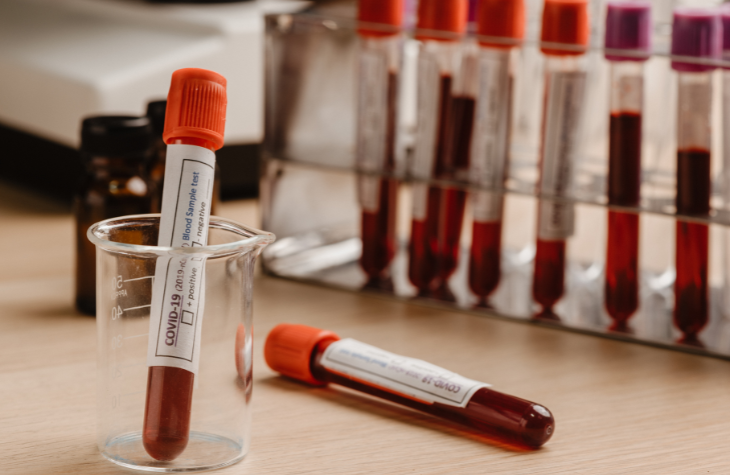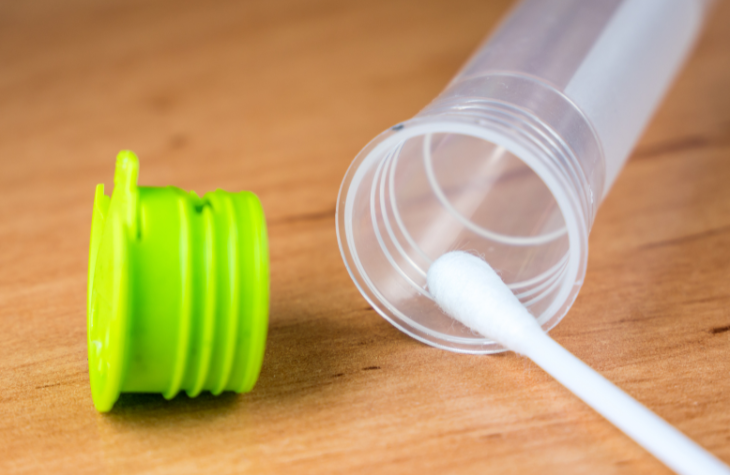Are you curious about the question “How long do opioids stay in your system?”. In the realm of pain relief and management, opioids stand as a powerful class of drugs with both benefits and risks. Knowing the duration of opioids in your system is vital for several reasons. It can help you understand how long the effects of the medication may last, guide safe dosage adjustments, and also shed light on drug screening results.
In this post, we will delve into how long opioids stay in the body, discussing the factors that influence their detection and clearance. We will also explore the different types of opioids and their varying half-lives.












